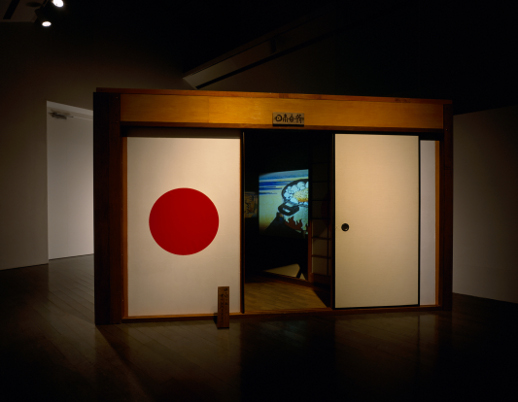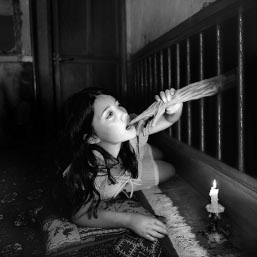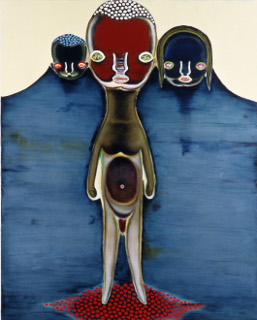Art Amongst the Living
A collection of some of Japan’s most celebrated contemporary artists of the past two decades is on display at the Hara Museum of Contemporary Art.
In an interview with founder and director Toshio Hara in Art Space Tokyo, he describes the contemporary art museums, artists and collectors he encountered overseas as inspiration for starting the museum. In particular, the appeal of working with living artists in the global language of contemporary art was his inspiration. In the 1970s, he began collecting works and converted his family’s private residence into an art museum.

The title, “Be Alive!”, suggests the preference Hara has for collecting the art of living artists, those in the middle of their careers, rather than works of the past. This is an important role, especially considering how seemingly reluctant Japan’s public art institutions appear to be when it comes to collecting contemporary art generally. The exhibition is a good opportunity to see how well this Museum can pick up on current art trends in its collecting choices. The collection is fairly small, with around one thousand works held, though this presentation actually covers an impressive amount of the most essential artists of recent Japanese art history. Yoshitomo Nara, Izumi Kato, Miwa Yanagi, Tabaimo, Nobuyoshi Araki, On Kawara and Yasumasa Morimura are all included.

Miwa Yanagi claims the best room. Her large, black-and-white photographs of old women and young girls reinvent standard fairytales such as Little Red Riding Hood and Hansel and Gretel in order to bring something macabre and female-centric to the narratives. Don’t be fooled by the apparent seriousness of the monochrome medium; there is also a certain air of cheekiness to them. Yanagi’s ‘Suna Onna’ video (seen at the 2009 Venice Biennale), although sharing the same name as Kobo Abe’s famous novel, is in fact the artist’s own original story. Again, the connections between ancient women and little girls are the central theme. Stepping through the black curtain at the gallery entrance, the dark space emphasises the escapist qualities of the Fairytale series.
 ‘Japanese Kitchen’ by Tabaimo is another work in which the viewer is encouraged to enter a special world. Visitors are invited to push open the shoji screen doors and step inside to watch her disturbing animation set in a kitchen somewhere in urban Japan. As a side note, like Yanagi before her, Tabaimo will be representing Japan this year in Venice. Kouichi Tabata’s hand-made animation for ‘960 Fly’ consists of nine hundred and sixty frames of a static fly in the corner of a very small monitor. Kohei Nawa is represented by perhaps one of his cutest sculptures in the ‘PixCell’ series, perched upon a tall pedestal, which greets visitors at the top of the stairs. Another work from this series, in which Nawa “pixcelled” an elk, was a big hit at the Sixth Asia-Pacific Triennial of Contemporary Art in Australia last year.
‘Japanese Kitchen’ by Tabaimo is another work in which the viewer is encouraged to enter a special world. Visitors are invited to push open the shoji screen doors and step inside to watch her disturbing animation set in a kitchen somewhere in urban Japan. As a side note, like Yanagi before her, Tabaimo will be representing Japan this year in Venice. Kouichi Tabata’s hand-made animation for ‘960 Fly’ consists of nine hundred and sixty frames of a static fly in the corner of a very small monitor. Kohei Nawa is represented by perhaps one of his cutest sculptures in the ‘PixCell’ series, perched upon a tall pedestal, which greets visitors at the top of the stairs. Another work from this series, in which Nawa “pixcelled” an elk, was a big hit at the Sixth Asia-Pacific Triennial of Contemporary Art in Australia last year.
On top of this temporary exhibition, Hara’s permanent installations (by Nam Jun Paik, Yoshitomo Nara, Tatsuo Miyajima, and more) are there to view as well. Find them tucked under stairwells, small rooms, and also in the gardens. “Be Alive!” is a special opportunity to become acquainted with the Museum and reflect on its three decades of success in supporting local and international contemporary art and cultivating an appreciative art audience in Tokyo.
Emily Wakeling
Emily Wakeling



